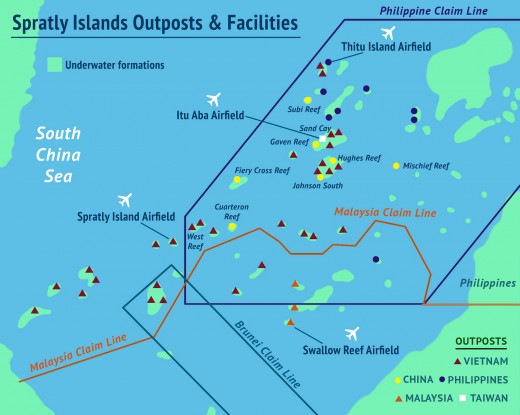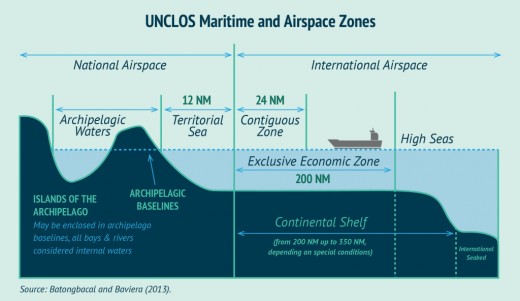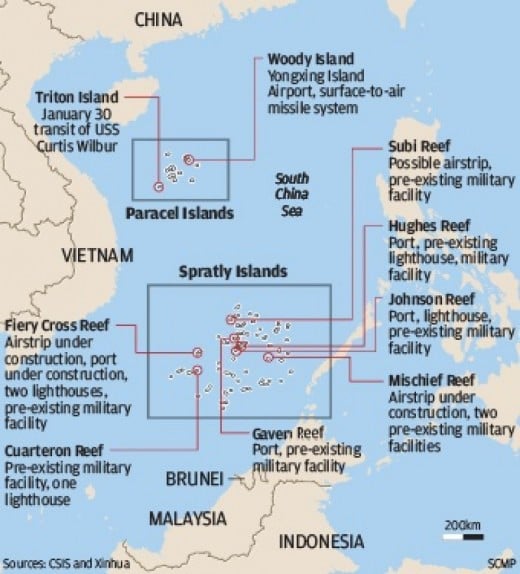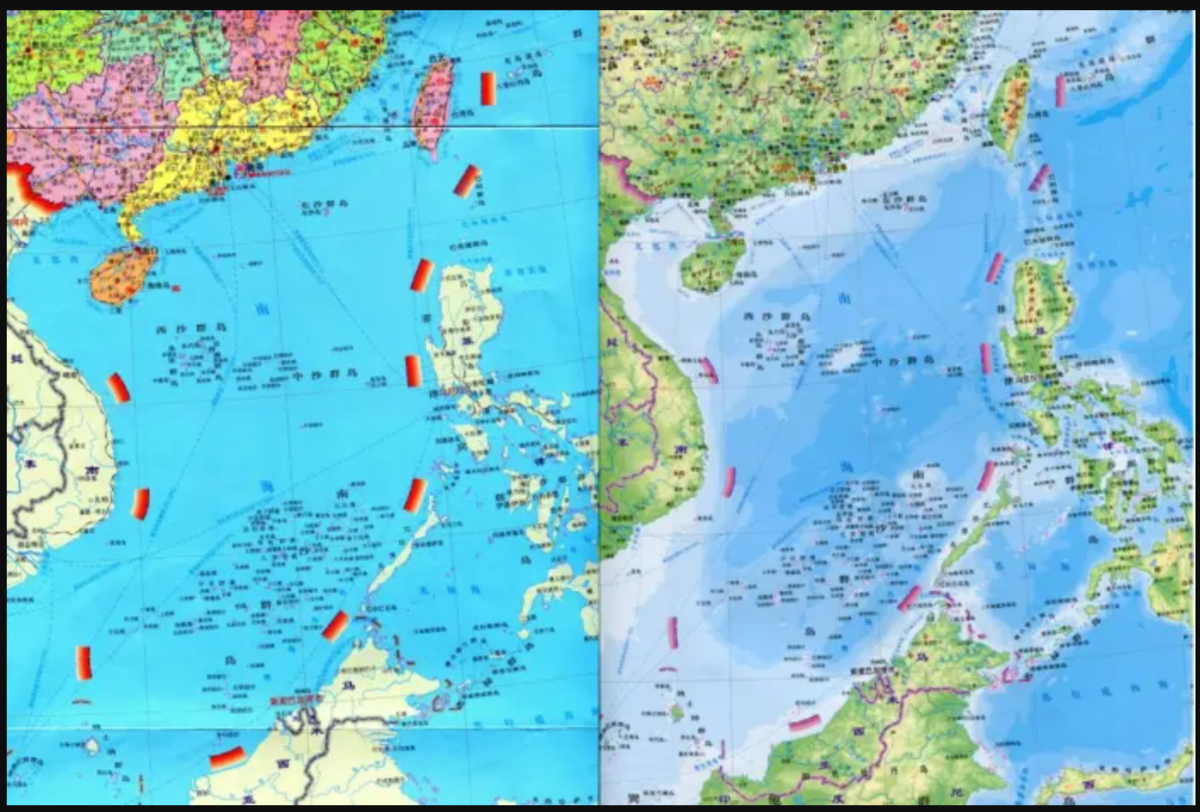Chinese Expansion in the South China Sea






China claims that most of the islands in the South China Sea are within their dominion. This is a recent development that simply coincides with their rise in economic and military power as an equal to First World countries. Prior to 1980, they were meek and weak, unable to secure what that feel is theirs, rightly or wrongly. They showed little interest in the Spratly islands or those within the Philippine waters. Documents show this and it was not until 1935-38, that both the Philippines and China claimed them. Yet, neither country declared this publicly because of the growing power of Japan in the pre-WW2 years. Neither country wanted to draw Japanese attention to them. But, documents clearly show that the Philippines and U.S. were on the same page regarding them. Yet, there was no overt public announcement about them.
Today, it is a far different scenario. The Chinese are set to now reclaim and enforce what they believe is theirs. While the Philippine government filed a case in the International Court and its decision is supposed to be in June-July 2016, the Chinese have already said it will do what it wants because the Court is not settling the issue about who owns them only whether they are rocks or islands, which affords them maritime rights of who possesses them. So, the Chinese have been busy creating islands where there were just rocks. And, the Court does not even have jurisdiction.
It remains disputed whether the Spratlys are rocks, which are entitled to only a 12 nautical mile territorial sea, or islands, which carry a 200 nautical mile exclusive economic zone (EEZ). If even one of the Spratlys is found to be an island entitled to a 200 mile zone, China will be able to claim that it owns that feature and the 200 mile entitlement that comes with it.
Before Chinese land reclamation began, Johnson, Cuarteron, and Fiery Cross Reefs were rocks and the other reefs were, at most, low-tide elevations. After land reclamation, all could be islands. So the key question becomes: do we define the reefs’ legal character by looking at the facts from before or after land reclamation?
The Spratlys dispute involves three types of territorial objects at sea:
Low-tide elevation: A landmass above water only at low tide. Outside an existing territorial sea it is not entitled to a separate maritime zone.
Rock: A landmass permanently above water but unable to sustain human habitation or economic life on its own. It is entitled to a territorial sea and contiguous zone, but not an exclusive economic zone (EEZ) or continental shelf rights.
Island: A landmass permanently above water that can sustain human habitation or economic life on its own. It is entitled to a territorial sea, contiguous zone, EEZ, and continental shelf rights.
Recent land reclamation has transformed seven disputed maritime features in the Spratly Islands. These include Mischief, Gaven, Subi, Johnson, Cuarteron, Fiery Cross, and Hughes Reefs. In 1995, Subi Reef was completely submerged at high tide. Today, there are 3.9 million square meters of reclaimed land above water at high tide on Subi Reef. Should the Court now say it is an island?
The Philippines has a strong case for why China’s artificial islands should not be considered real islands. In past decisions by international tribunals land reclamation will not affect the decision because: artificial islands don’t have the legal significance afforded natural islands and Chinese land reclamation occurred after the so-called “critical date” when the China-Philippines dispute “began in earnest” in international legal terms. This certainly began off and on in the 1990s with confrontations between China and Philippines. China did not overtly start expanding the natural islands until 2014.
Beginning in 2015, Mischief Reef has undergone extensive reclamation activity. Recent widening of the southern entrance to the reef, may suggest it might be a naval base. Mischief Reef is within the exclusive economic zone of the Philippines (within 200 miles of Philippines), lying 129 nautical miles from Palawan. China announced that it will expand Scarborough atoll, which are in the rock classification, just 120 miles from Subic Bay, Philippines. Clearly, within the 200 mile economic zone afforded to territorial waters of nations.
The Mischief Reef is 51 nautical miles (nm) from Nanshan Island, occupied by the Philippines. Hughes Reef reclamation by China began in the summer 2014. That has been expanded to a 75,000 square meter island through dredging and reclamation activity. The only inhabited island with an airfield in the Spratlys is Pag-asa, where 120 Filipinos live. Filipino fisherman are harassed by Chinese ships and there is some evidence that sea life is being poisoned with so many dead fish on the coastline. Up to now, China has only reclaimed or seized uninhabited reefs. So Pag-asa is entirely a different matter since it is part of the Philippines. Chinese reclamation on Fiery Cross Reef began in August of 2014. Since January of 2015, construction has begun on an airstrip estimated at 3,110 meters in length and a port facility.
China wants to control maritime passage in all manners into and through the South China Sea. It challenges US Navy ships cordially, while being aggressive with any other nation there. It seems since China will not respect the international Court’s ruling, confrontation seems inevitable if China is going to be stopped. They will continue to bully their way turning reefs into islands with ports and airbases, which will allow them to control the whole area. An international Court ruling will do little to stop them.






